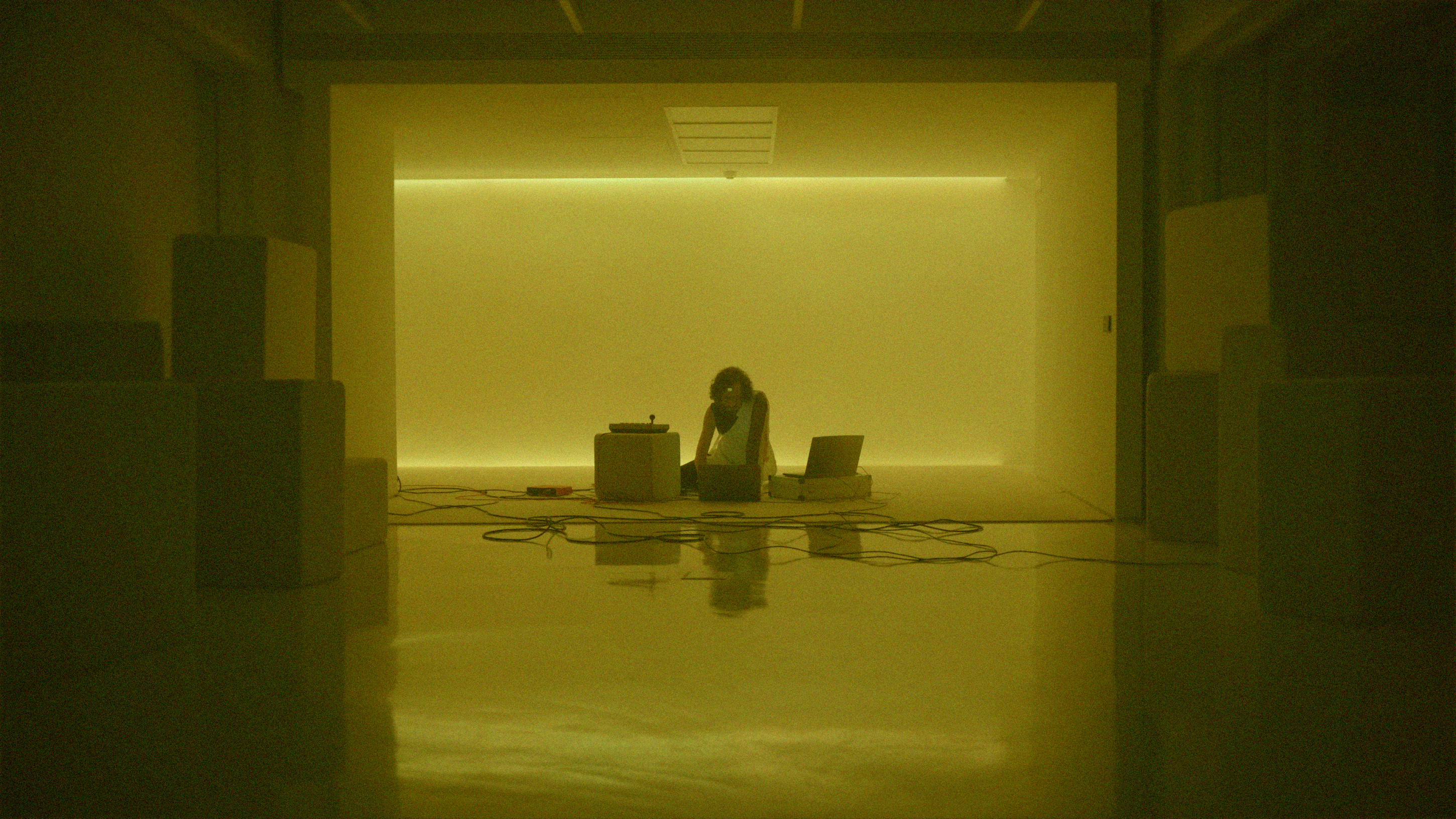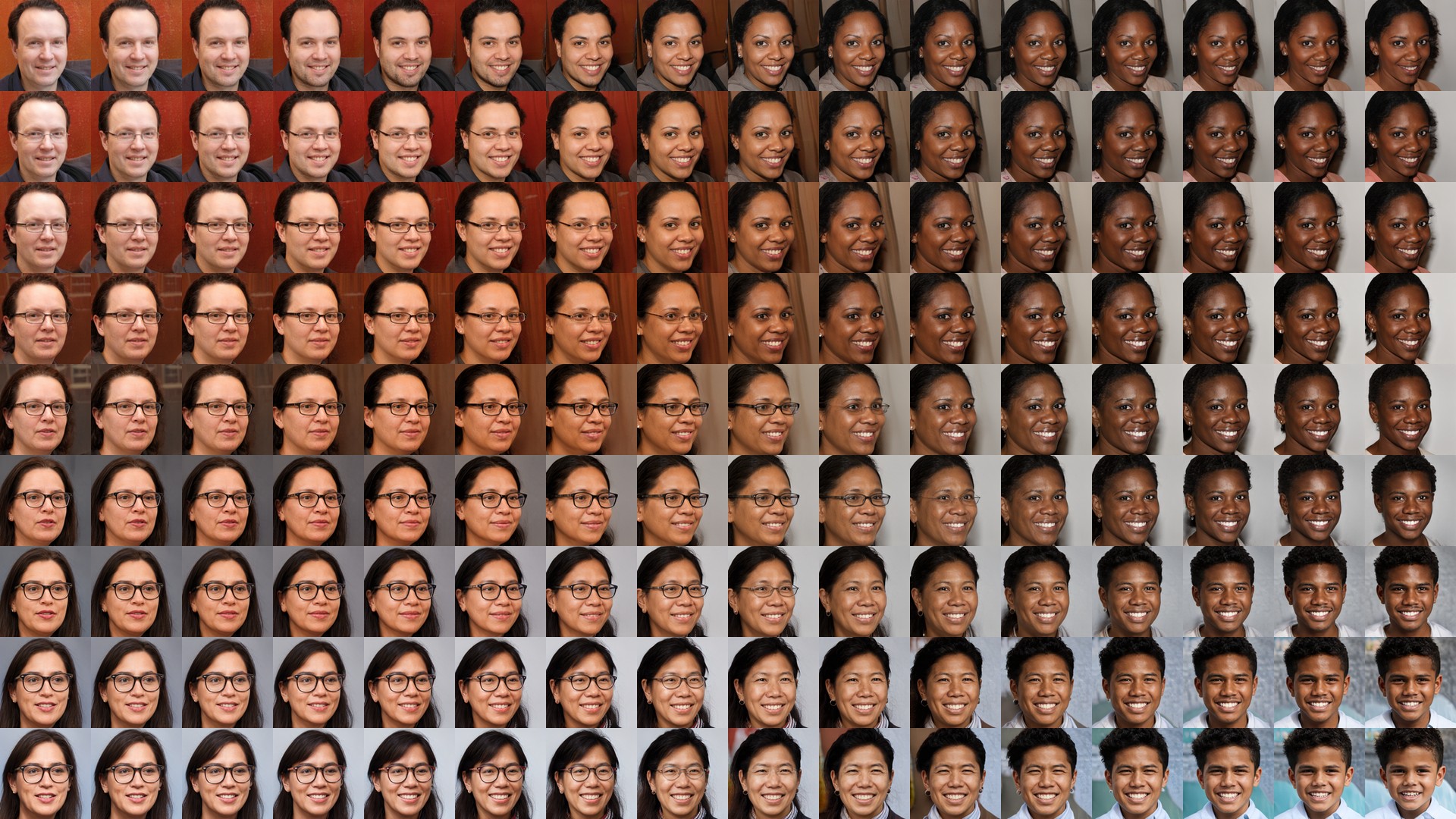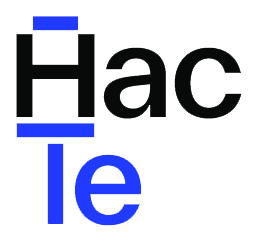Discover the activities from Hac Te at Digital Impact

Slowly fading into data / Albert Barqué-Duran
On Thursday evenings from May to June, as part of the Digital Impact exhibition at the Disseny Hub, Hac Te presents over a dozen free activities where art, science, and technology merge. The Oasi space, a large dome designed by Antoni Arola, will host talks, performances, and workshops for all audiences, aiming to invite reflection on topics such as digital transition, climate justice, and the creative capacity of machines. Amidst the hustle and bustle of our daily lives, Oasi offers a space to pause, contemplate, listen, question, and act.
Writer Jorge Carrión will kick off the program with a conversation where he will recount his experience with different research groups at the Polytechnic University of Catalonia. Based on this experience, Carrión has developed a vocabulary of scientific and technological concepts that shape the agenda of a future that is already present, which he will present alongside some of the researchers with whom he has shared his stay.
Among the confirmed performances, the premiere of the project ‘Slowly Fading into Data’ by digital artist Albert Barqué-Duran stands out. It is an interactive action video game that combines “low technology” (using an 8-bit retro console) and “high technology” (utilizing artificial intelligence and procedural sound design). It is the result of the ‘En Residència’ program at Pompeu Fabra University. Núria Nia and Citlali Hernández will present their performance ‘Òrbita 4,’ which seeks to explore the formation of a bot’s language through a collaborative performance.
Regarding the talks, one of the highlights of the program will be the talk by Australian artist STELARC, who will delve into the meaning of presence and absence in the digital world. The pioneer will question how we constantly navigate between offline and online worlds and how new technologies change our notions of corporeality. The collective Estampa will offer a participatory talk reflecting on and putting into practice the creative possibilities and implications of deepfakes, an artificial intelligence technique that allows the production of videos of anonymous or known individuals speaking or performing actions that did not occur.
An immersive talk by Eugenio Coccia, director of the Institute of High Energy Physics (IFAE) – one of the centers that make up the Barcelona Institute of Science and Technology (BIST) community – will explore the material properties of space-time and how physics investigates the universe with increasingly precise instruments. Additionally, Brígida Maestres, a researcher from the CareNet group (UOC), and Ángela Bonadies, a visual and interdisciplinary artist, propose a talk accompanied by projections that aim to delve into the silent impact of digital technology.
Alongside these initial activities, the complete program will be announced in the coming weeks, which will include new performances and talks, as well as collaborations with Catalan universities, such as project presentations from the Center of Image and Multimedia Technology (CITM) of the UPC and interdisciplinary research groups DARTS from the Open University of Catalonia (UOC).

